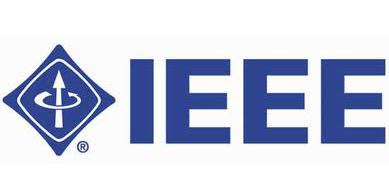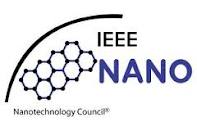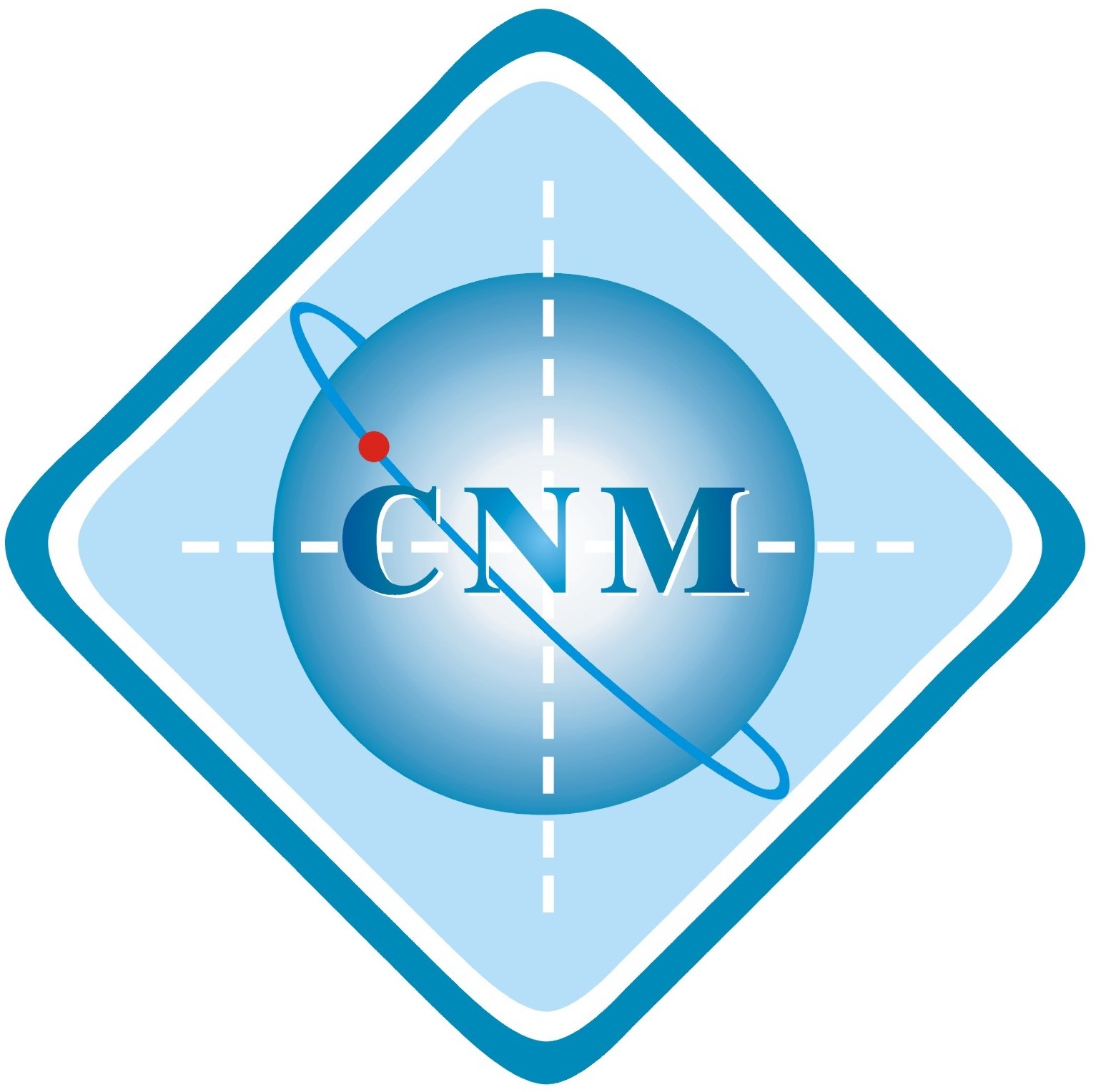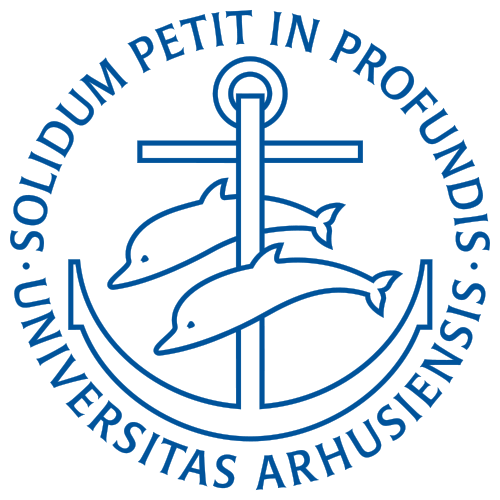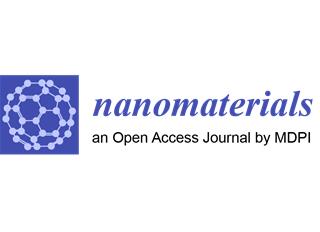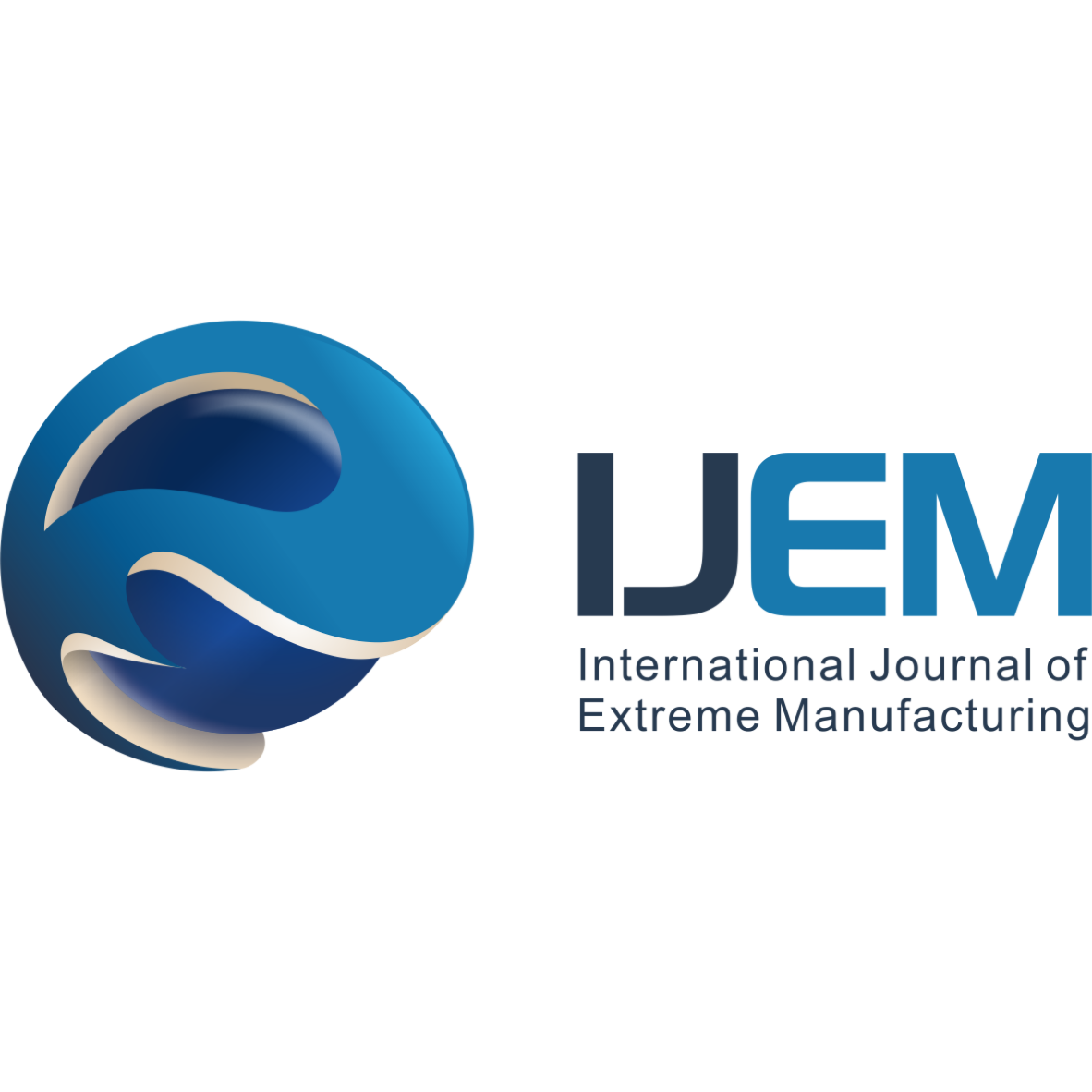|
Abstract:
High surface area nanoporous materials such as porous carbon nanomaterials, zeolites and metal-organic framework materials are exceptionally suited for applications in gas separation and storage. Their nanoscale and macroscopic structures can be tuned to allow exceptionally high densities of gas within their pores, which can lead to exciting possibilities for energy storage, both by physical adsorption of alternative fuel gases such as hydrogen and through emergence of unusual materials states via gas densification.
It can, however, be extremely challenging to characterise and study interactions of H2 with nanoporous host materials due to hydrogen’s low electron density, which makes it difficult to detect in the presence of heavier elements using X-ray techniques.
Accordingly, we confined hydrogen in a range of nanoporous solids and used a combination of neutron scattering techniques under low temperatures (down to 10 K) and high pressures (up to 2 kbar) to elucidate the phase, interactions and behaviours of hydrogen inside porous materials with different pore sizes and geometries.
Here we will present results from various studies, highlighting different approaches for extracting key information from a range of hydrogen-containing materials. These include parametric studies and combinations of techniques including neutron scattering under static and dynamic conditions, gas sorption, molecular modelling and properties measurements under coupled extremes of low temperature and high pressures.
These results indicated the presence of molecular hydrogen arrangements with densities greater than that of solid hydrogen at its triple point, as well as the stabilisation of unusual configurations of hydrogen under a variety of temperature and pressure conditions. Such studies can produce surprising and useful insights into the effect of nanoconfinement on the atomic arrangement and properties of hydrogen under extreme environmental conditions, paving the way for developing new materials that will result in highly dense hydrogen phases for sustainable energy applications. |
|
Representative papers:
[1] Bimbo, N., Zhang, K., Aggarwal, H., Mays, T., Jiang, J. Barbour L., Ting, V. P. Hydrogen Adsorption in Metal-Organic Framework MIL-101(Cr) – Adsorbate Densities and Enthalpies from Sorption, Neutron Scattering, In-Situ X-ray Diffraction, Calorimetry, and Molecular Simulations, ACS Applied Energy Materials. 2021, 4 (8) 7839-7847
[2] Tian, M., Lennox, M.J., O’Malley, A.J., Porter, A.J., Krüner, B., Rudić, S., Mays, T.J., Düren, T., Presser, V., Terry, L.R. Ting V.P. Effect of pore geometry on ultra-densified hydrogen in microporous carbons. Carbon. 2020, 173, 968–979
[3] Ting, V. P, Ramirez-Cuesta, A. J., Bimbo, M, Sharpe, J. E., Noguera Diaz, A.,Presser, V., Rudic, S. and Mays, T. J. Direct evidence for solid-like hydrogen in a nanoporous carbon hydrogen storage material at supercritical temperatures. ACS Nano. 2015, 9 (8), 8249–8254
|






